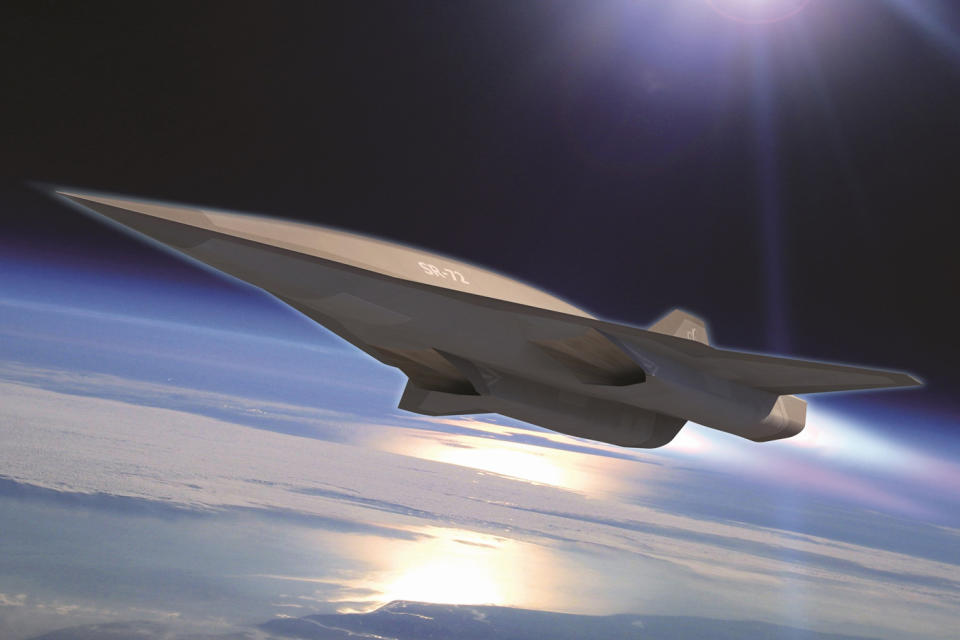Hypersonic aircraft are more realistic thanks to a ceramic coating
Aircraft could survive extreme temperatures with relative ease.
There are a few reasons why you aren't flying across the country in hypersonic aircraft, but the simplest of them is heat: when you travel at speeds over Mach 5, the ultra-high temperatures (around 3,600F to 5,400F) strip layers from metal. How do you protect a vehicle when even the toughest ceramic tiles can't handle those conditions? A team of British and Chinese researchers might have the answer. They've engineered a carbide-based ceramic coating that's about 12 times more effective than current ceramics, making hypersonic aircraft more realistic.
The trick was to rely on a different manufacturing technique, reactive melt infiltration, to give the coating a unique structure that's both extremely strong and resistant to oxidization. The next-best conventional coating, zirconium carbide, can withstand heat but is prone to degrading.
Any commercial use of the coating is a long ways off, if just because the hypersonic vehicles themselves are still a distant prospect. If it works well in practice, though, those extreme speeds would be feasible without compromising safety, especially in the long term. You'd see hypersonic aircraft that could fly you to another side of the planet within a couple of hours, and spacecraft that could return to Earth without needing frequent ceramic tile inspections and replacements. In short, flights that were once extra-risky could become virtually commonplace.


